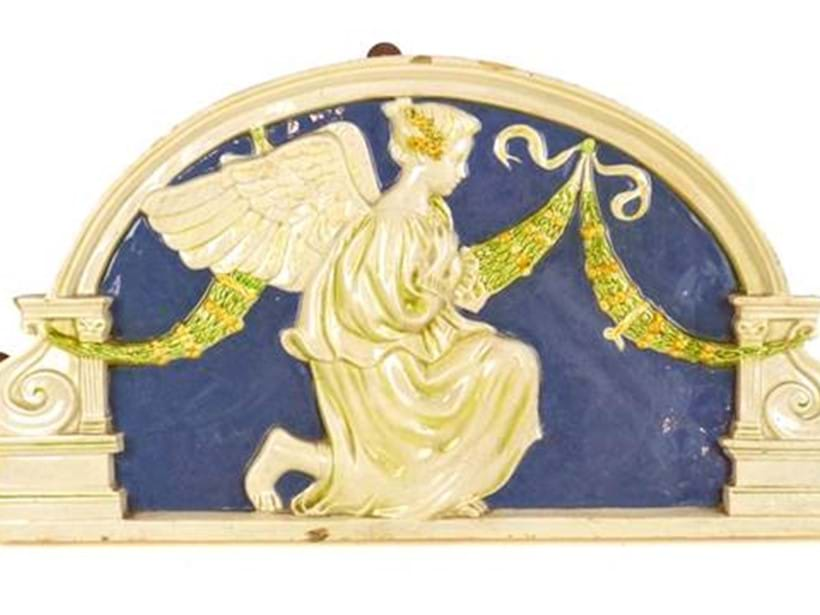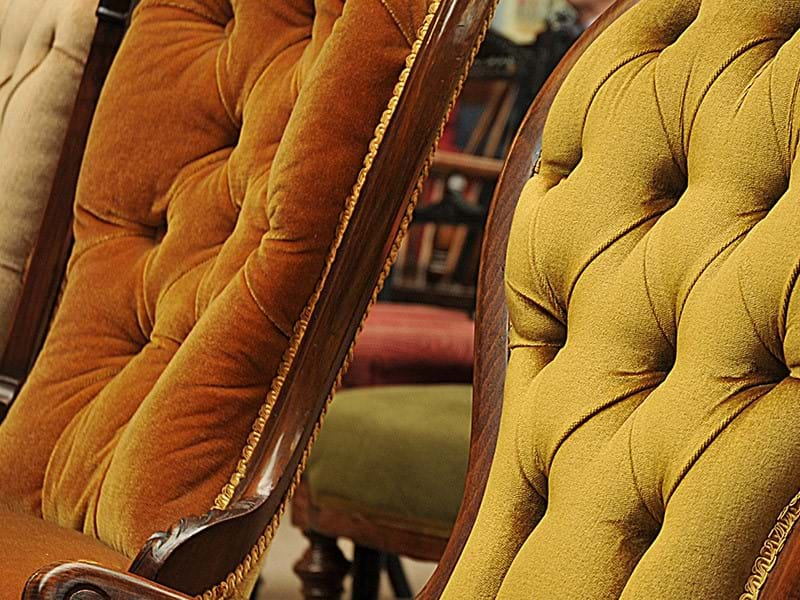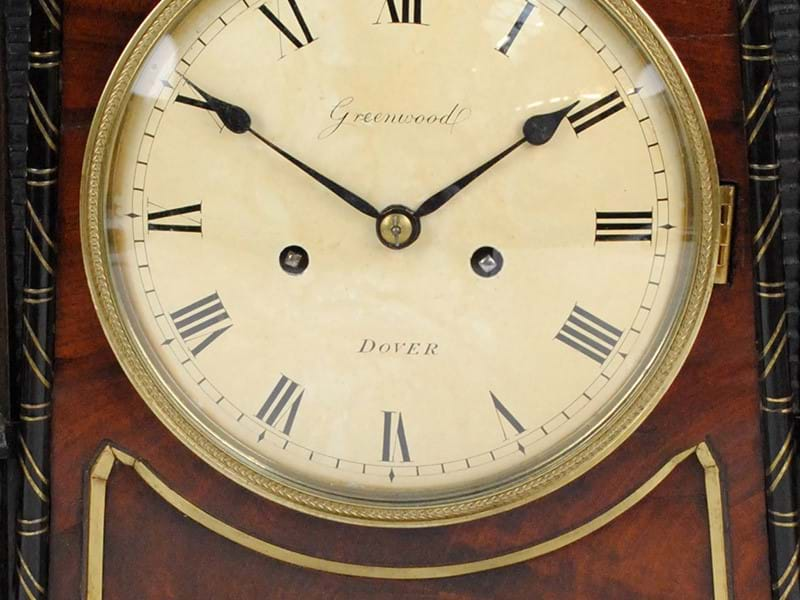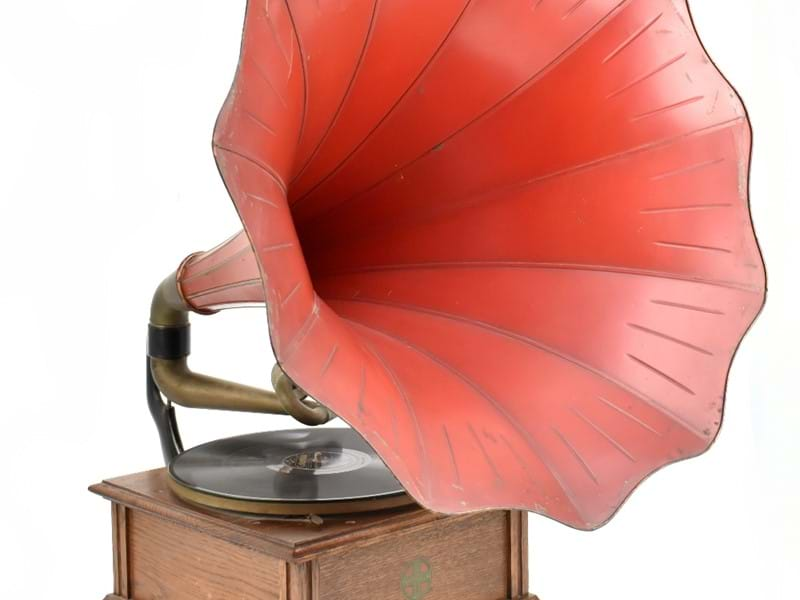DELLA ROBBIA CERAMICS

Many ceramic items are sold at auction in the category of decorative arts and some of the most distinctive were made locally in the north west of England. The Della Robbia factory was founded in 1894 by artist Harold Rathbone and sculptor Conrad Dressler. Dressler left in 1897 but Rathbone was joined for some time by sculptor and potter, Giovanni Carlo Manzoni. The influence of the dynastic Della Robbia family of sculptors and ceramicists is apparent in the name Rathbone chose for his company and his wares sought to replicate the modelling and glazes of 15th century Florence and Italian maiolica generally.
Rathbone came from a wealthy merchant family in Liverpool who were religious dissenters and reformers and he was able to combine improved working conditions in his factory with the influx of workers into Birkenhead. Rathbone was interested in the revival of traditional handcrafted skills and pride in workmanship, using local materials. His rejection of mass production and belief that local people, including women, could be creative as artists, potters and designers, chimed with the ethos of the Arts and Crafts Movement and the Pre-Raphaelites. Rathbone had been a pupil of Ford Madox Brown, his portrait was painted by William Holman Hunt and he embraced the values of William Morris. Della Robbia ceramics were sold by Morris’s company, by Liberty of London and at art pottery exhibitions around Britain.
Many of the ceramic wares were domestic vessels: vases, chargers and dishes, but numerous plaques and architectural panels were also made to adorn the outside of local buildings, drawing on the angels and swags typical of the renaissance Della Robbia family combined with Burne Jones and other Pre-Raphaelite motifs. The finish was high gloss, tapping into the popularity of late Victorian glazed ceramics such as internal brickwork. The style and modelling were enhanced by colourful glazes, often scraped back, with strong use of sgraffito or incised decoration, and the distinctive colours running (deliberately) one into another, creating the Della Robbia look.
Other glazed wares were made at the time but Della Robbia ceramics seem to be the most vibrant. Their products are easily identifiable by the ship mark inscribed freehand on bases and backs, flanked by D and R on either side. Modellers and decorators also inscribed their own initials close to the ship mark.
In 1900 Della Robbia pottery joined with an ecclesiastical/architectural company and the art pottery part of the business became somewhat sidelined. Despite Rathbones’s Arts and Crafts ethos and the distinctive product, Della Robbia pottery was not a financial success and the factory closed in 1906, having never made a profit. It is likely that Rathbone’s lack of business acumen was the problem, as it is said that the cost of making the pottery was greater than the price of the finished product.
However, with the current popularity of all things Arts and Crafts, and the rarity value of these objects created in such a small twelve year window of production, the desirability of Della Robbia ceramics now goes from strength to strength.


We are thrilled to have the Emily M Wood for Della Robbia large earthenware glazed tile included in the Dec Arts sale on 14th and 15th October with an estimate of £200-£300. The tile, shown here is decorated with child musicians beside a tree, incised mark to the reverse, with both incised and painted artist's mark to the reverse, approx 29 x 48cm.



